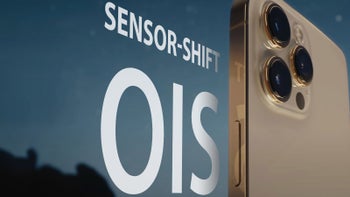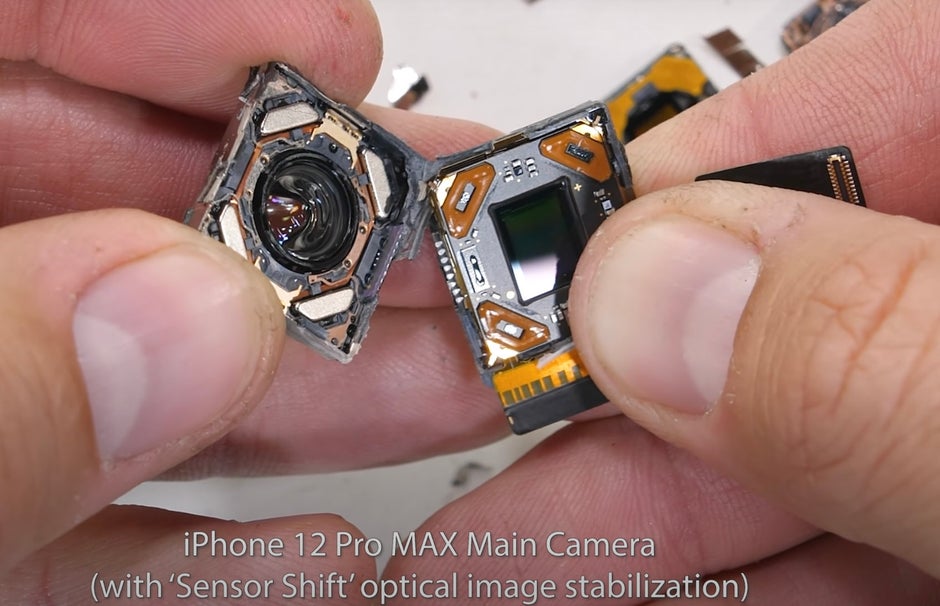What is sensor shift stabilization and is it better than optical image stabilization (OIS)?

Encapsulated inside a camera module you have two separate elements: the lens unit and just below it, the sensor unit. And here are the differences:
- With optical image stabilization, it is the lens unit that can move around or “float”, adjusting its position up to 1,000 times a second with the help of magnets and coils that guide that movement.
- With sensor shift stabilization, the lens unit doesn’t move, but it is instead the sensor that moves around and even faster, with up to 5,000 adjustments per second. Having that adjustment directly where the image capture happens, at the sensor, results in improved results.
So yes, technically sensor shift stabilization IS indeed better than OIS, but is it 5X better as the number of adjustments per second suggests? Well, not really.
In a number of real-world tests, we have seen that the actual perceived difference in stabilization is very minimal, so don’t expect something truly ground-breaking. Still, you can count on a gradual improvement and no, sensor shift stabilization will not replace smartphone gimbals for those video enthusiasts, at least not quite yet.
It also does seem like this technology requires a bit more space for the camera module, which might be the reason why all four new iPhone 13 models seem to have a larger camera bump compared to their predecessors.
We also still expect despite all new iPhone 13 models coming with sensor shift stabilization, that they will continue to use slightly different sensor sizes as the iPhone 13 Pro Max will likely still have the largest sensor while the other three models will share the same sensor size for the main camera.
For all the latest Technology News Click Here
For the latest news and updates, follow us on Google News.


